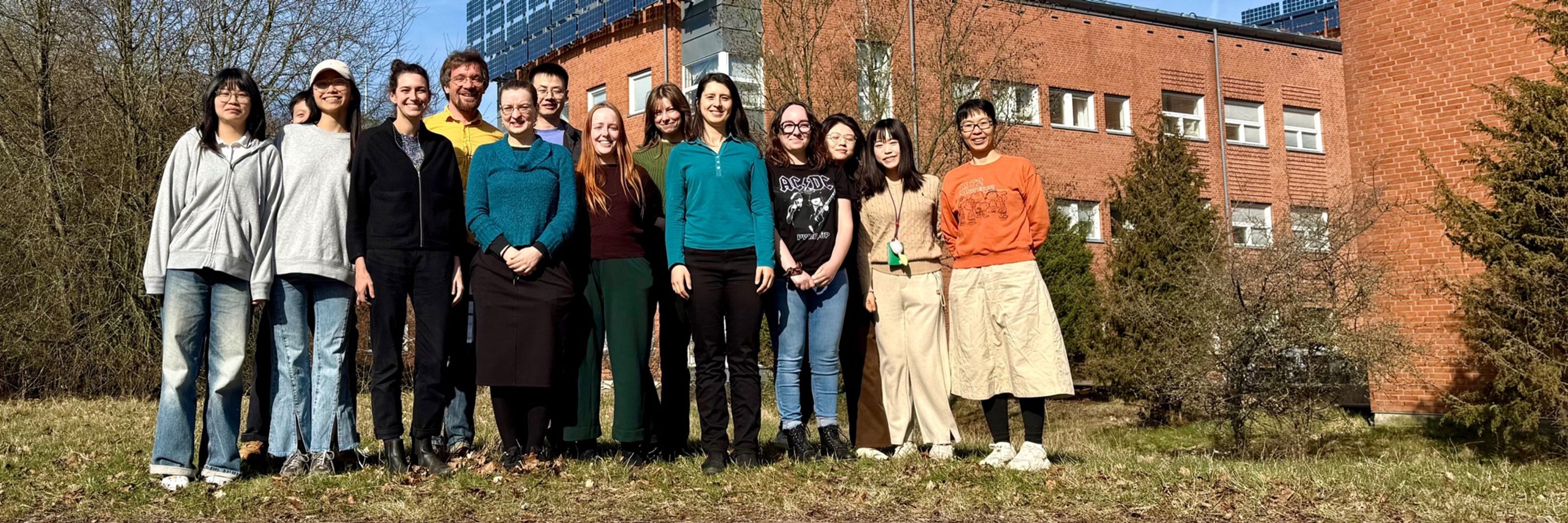






…

…

, we learnt that microbial communities were selected by the treatment exposure to enhance their litter degrading performance www.sciencedirect.com/science/arti... …

, we learnt that microbial communities were selected by the treatment exposure to enhance their litter degrading performance www.sciencedirect.com/science/arti... …

